LG Velvet review: LG goes in a new direction
The LG Velvet registers more hits than misses

Depending on the final price – which we don't have yet – the LG Velvet could be the phone for you, if it ticks the boxes that you need: a headphone jack, an almost-unique Dual Screen accessory, and performance that will be more than enough for most users.
-
+
Appealing screen and design
-
+
Dual screen accessory
-
+
Comes with 5G on board
-
-
LG drops the quad-DAC
-
-
Screen sticks to 60Hz
-
-
No optical zoom
Why you can trust T3

The LG Velvet is the new not-quite-a-flagship from LG, following what has been a relatively quiet period for the manufacturer in terms of phones: it now seems to have abandoned the ordered numbering scheme for its handsets, last seen in the LG G8 ThinQ from 2019.
The phone ushers in what LG is calling a "minimalistic design language", with "a visual form factor that differs from the industry trend" and includes "a nod to the natural world". It's fair to say it's a departure from previous LG handsets, and we think for the better.
- The definitive T3 guide to the best cheap phones
- The best 5G phones on the market right now
- Xbox Series X unleashes secret weapon PS5 can't counter
- Instagram blunder reveals details about OnePlus' newest phone
- 4K Sony PlayStation 5 hardware trailer is gaming heaven
- Xbox Series X boss shrugs off PS5 threat 🤷
- Apple AirPods put on notice as LG unveils SELF-CLEANING true wireless earbuds
As we've mentioned, the LG Velvet isn't packed with top-notch specs, and seems to be content to try and carve out sales in the mid-ranger market. The Snapdragon 765G processor is a step below the top-of-the-range Snapdragon 865 CPU, for example.
It's an approach that just might work for LG, enabling it to avoid competing with the premium iPhones and Galaxy phones and instead appeal to people looking for something a little more affordable. These are our thoughts after a few days testing out the phone.
LG Velvet review: design and screen
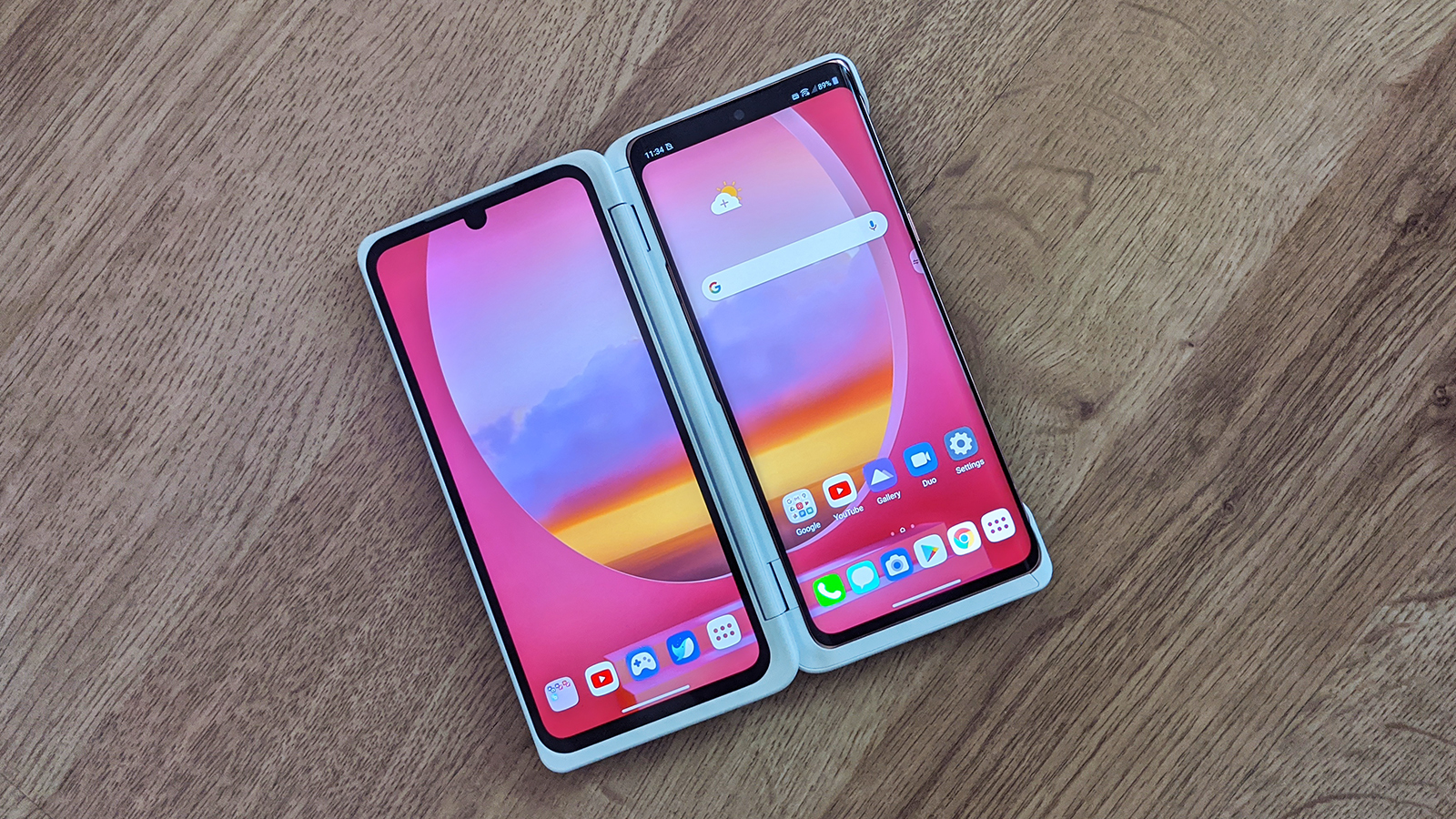
LG has made much of the Velvet ushering in a new design language, as we've already mentioned, and the phone is a lovely looking device. With its curved edges and corners, a thickness of just 7.9 mm (0.31 inches), and a choice of appealing colours, it very much comes across as a premium-level phone in the aesthetics department. Our particular unit came in a shiny 'Aurora' colour, but more conventional shades are available too, depending on where in the world you are.
The 6.8-inch, 1080 x 2460 pixel, 60Hz, OLED touchscreen is a pleasure to look at and to use, and is interrupted only by a little teardrop notch (you can extend the top bezel in the software settings to hide this entirely, if you want to). As you would expect from a manufacturer that makes so many TVs, LG has once again excelled in terms of the display here, with bright whites and deep blacks.
Data transfer and charging is handled by a single USB-C port, while there's one speaker on the bottom of the handset and one on the top, and the added bonus of a headphone jack. LG has also included a dedicated Google Assistant button here, which we always like to see – a physical button always feels more convenient than having to swipe up from the corners of the screen, and we wish more Android phones followed this approach.
As with the LG V60 and LG G8 ThinQ, there's the option of a Dual Screen accessory that's essentially a case with a second screen. It adds bulk but you may find it useful – it essentially lets you run two apps side by side and that's about it. We can think of a few occasions when we might want to do that, but most of the time we reckon you're just going to want to keep the LG Velvet as it comes in the box (or in a more conventional case). The Dual Screen option is perhaps most useful for gamers, as you can have a little control pad on the lower screen while you're using the handset in landscape mode.
LG Velvet review: camera and battery
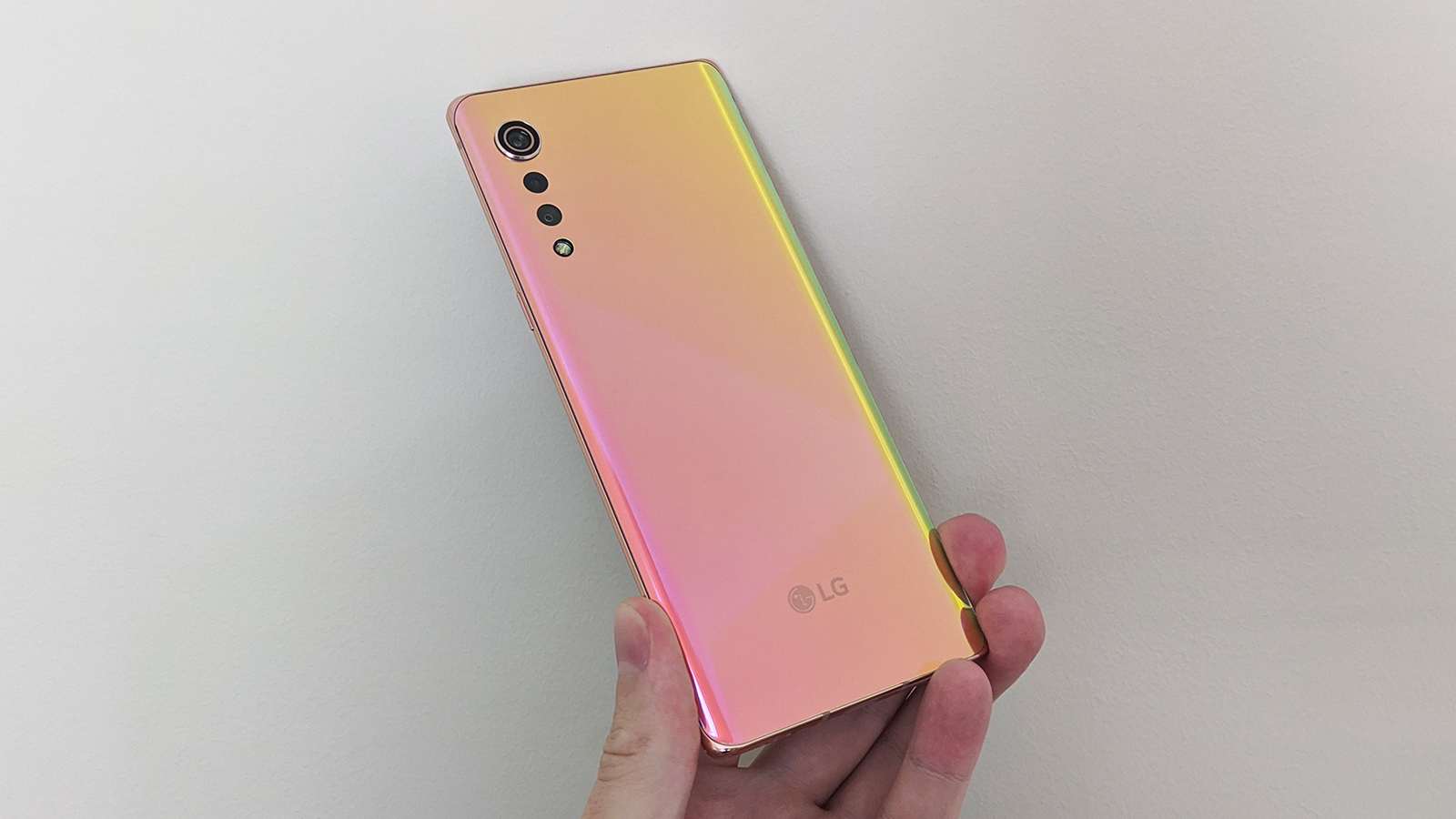
The LG Velvet comes with a triple-lens 48MP + 8MP + 5MP rear camera – it's one of the areas where you can tell a bit of cost-cutting has gone on, but it's perfectly fine in most scenarios. There's no optical zoom here unfortunately, but you do at least get an ultrawide lens that lets you fit more into a frame (whether you're trying to take a selfie group photo or capture a landscape).
Most of the pictures we took looked really nice, with crisp edges and bright colours (the sunny weather definitely helped). The built-in HDR processing does a good job of balancing out the light and dark areas of photos, and the shutter speed was pleasingly fast – whether we were trying to capture a scenic shot or get a closer look at something very close to the phone.


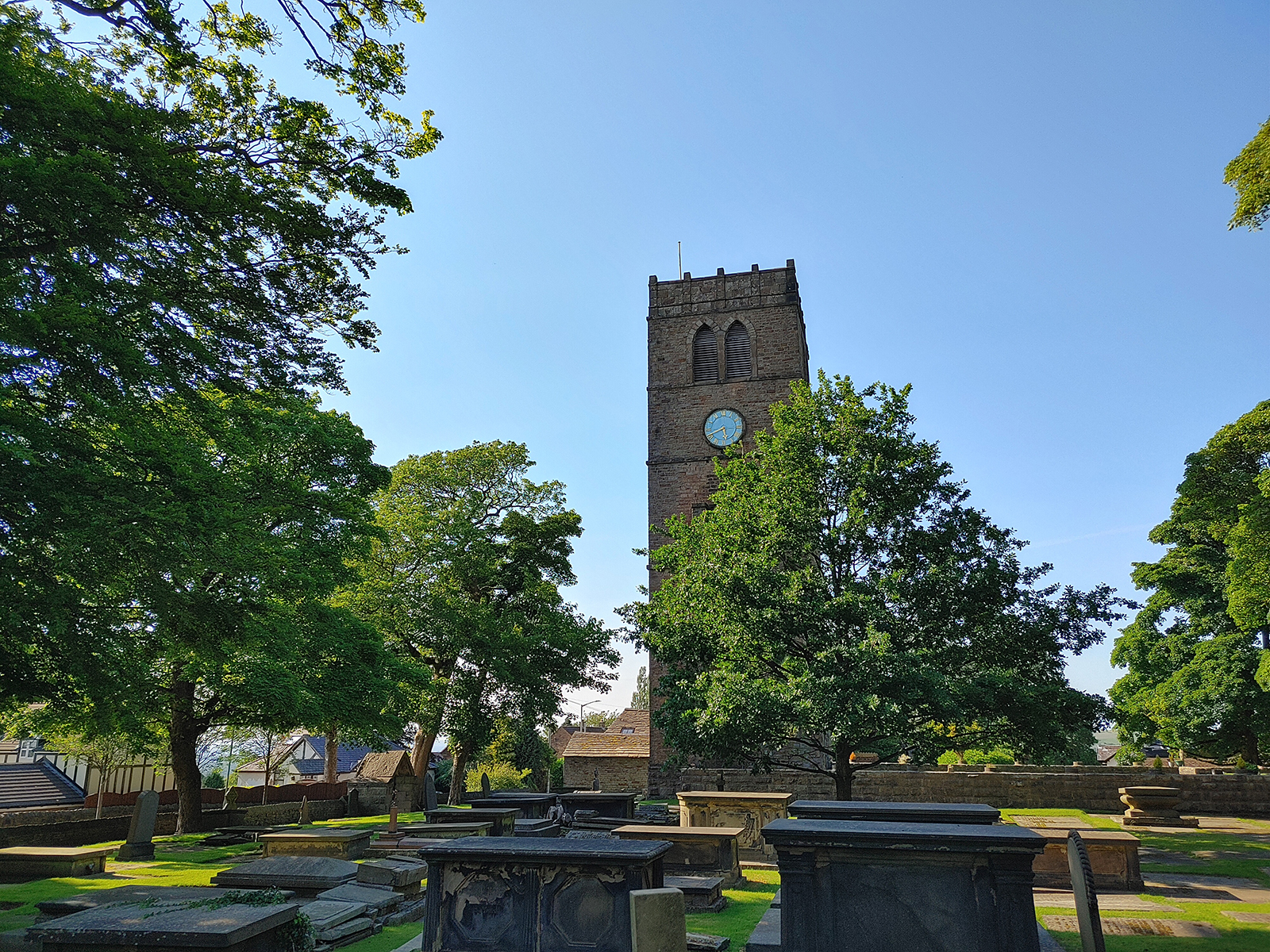

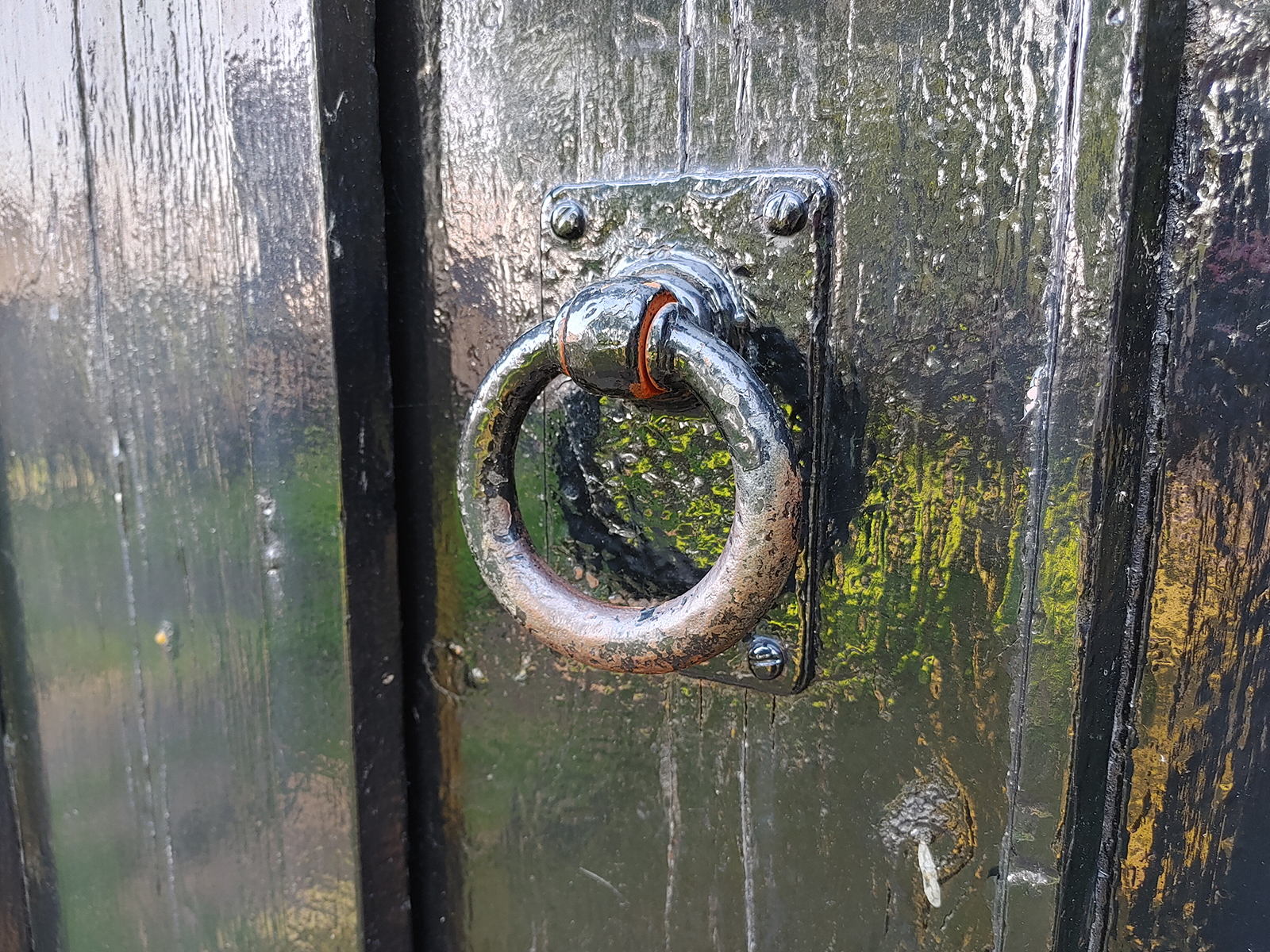
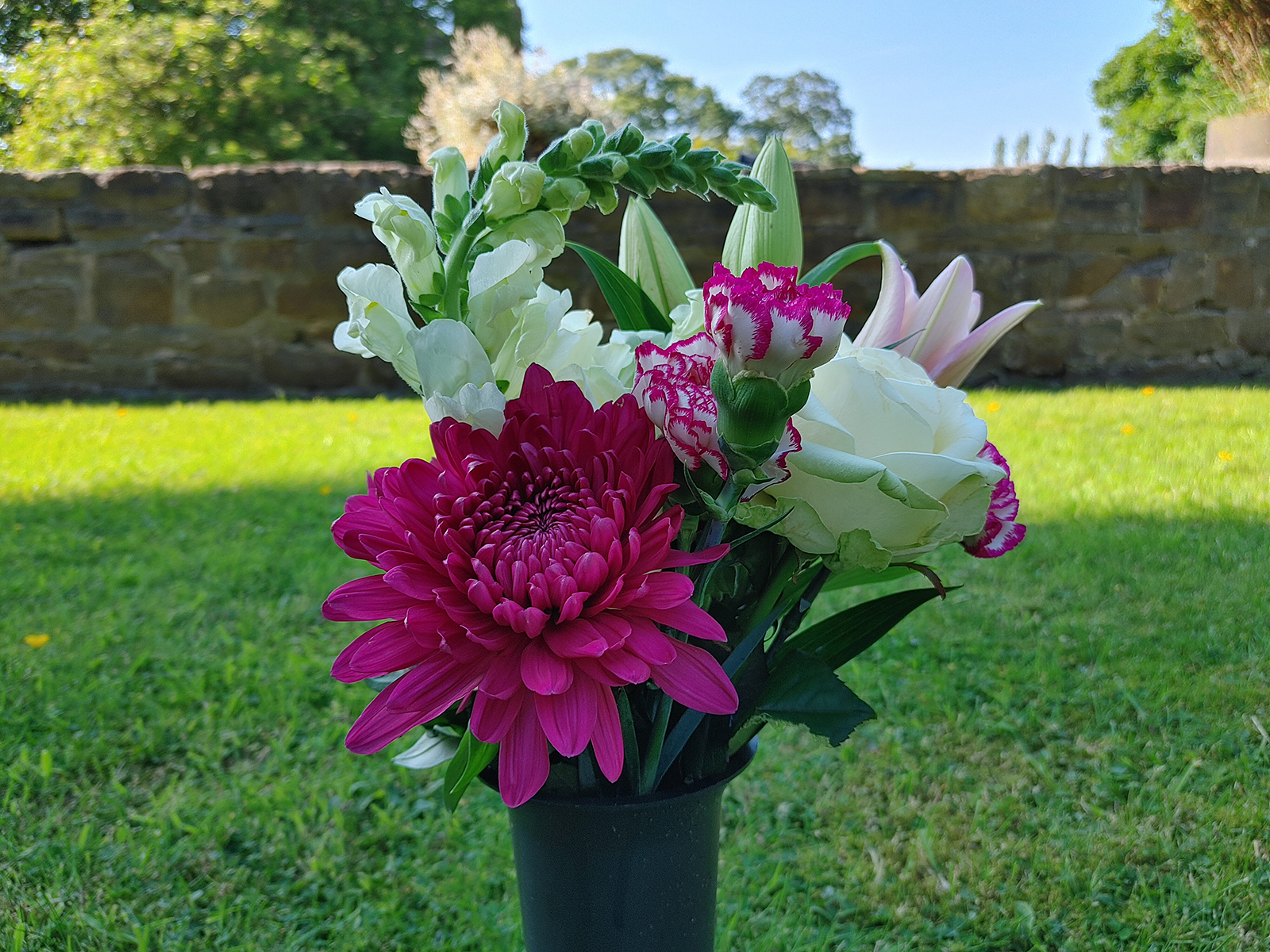
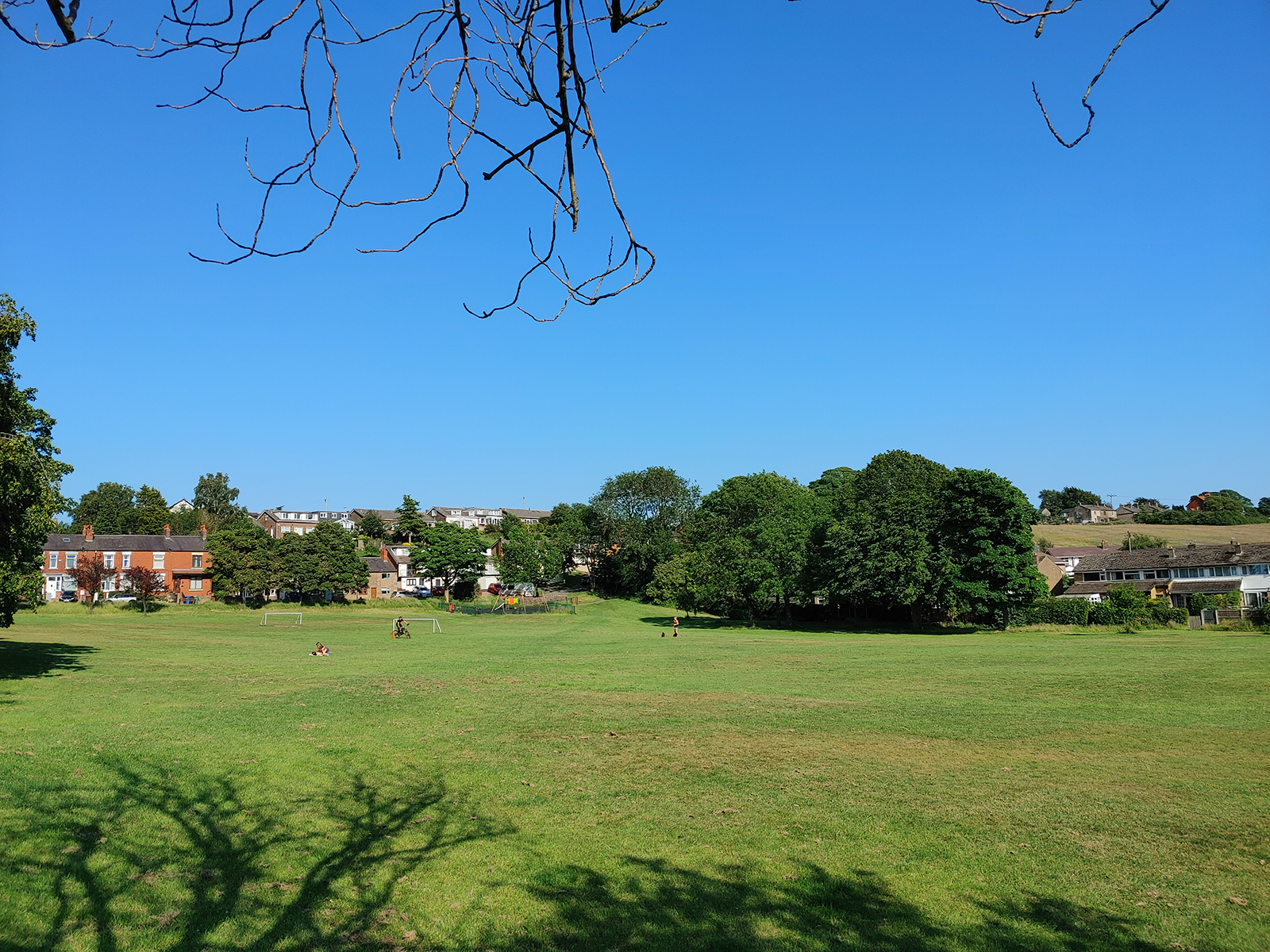
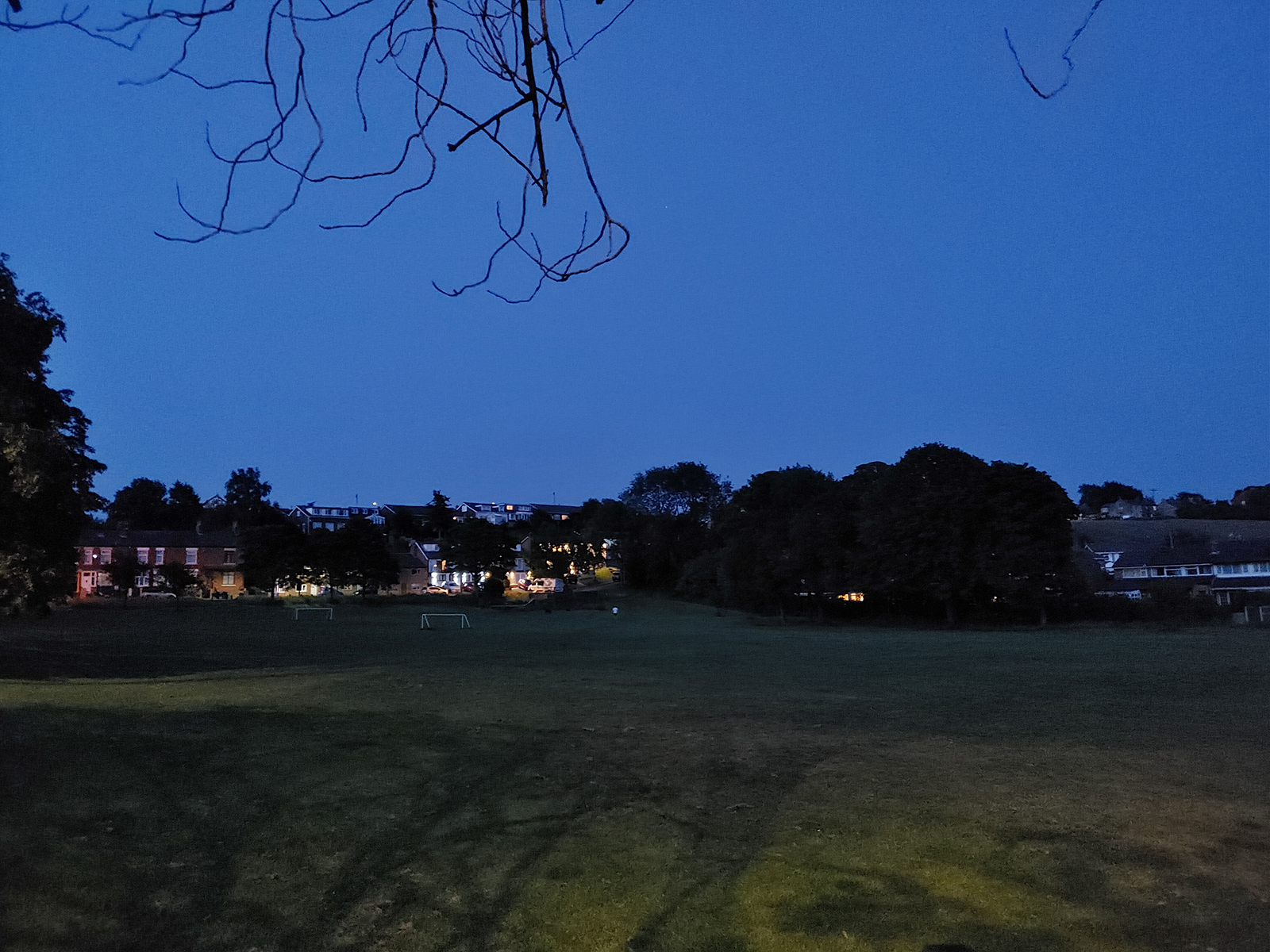
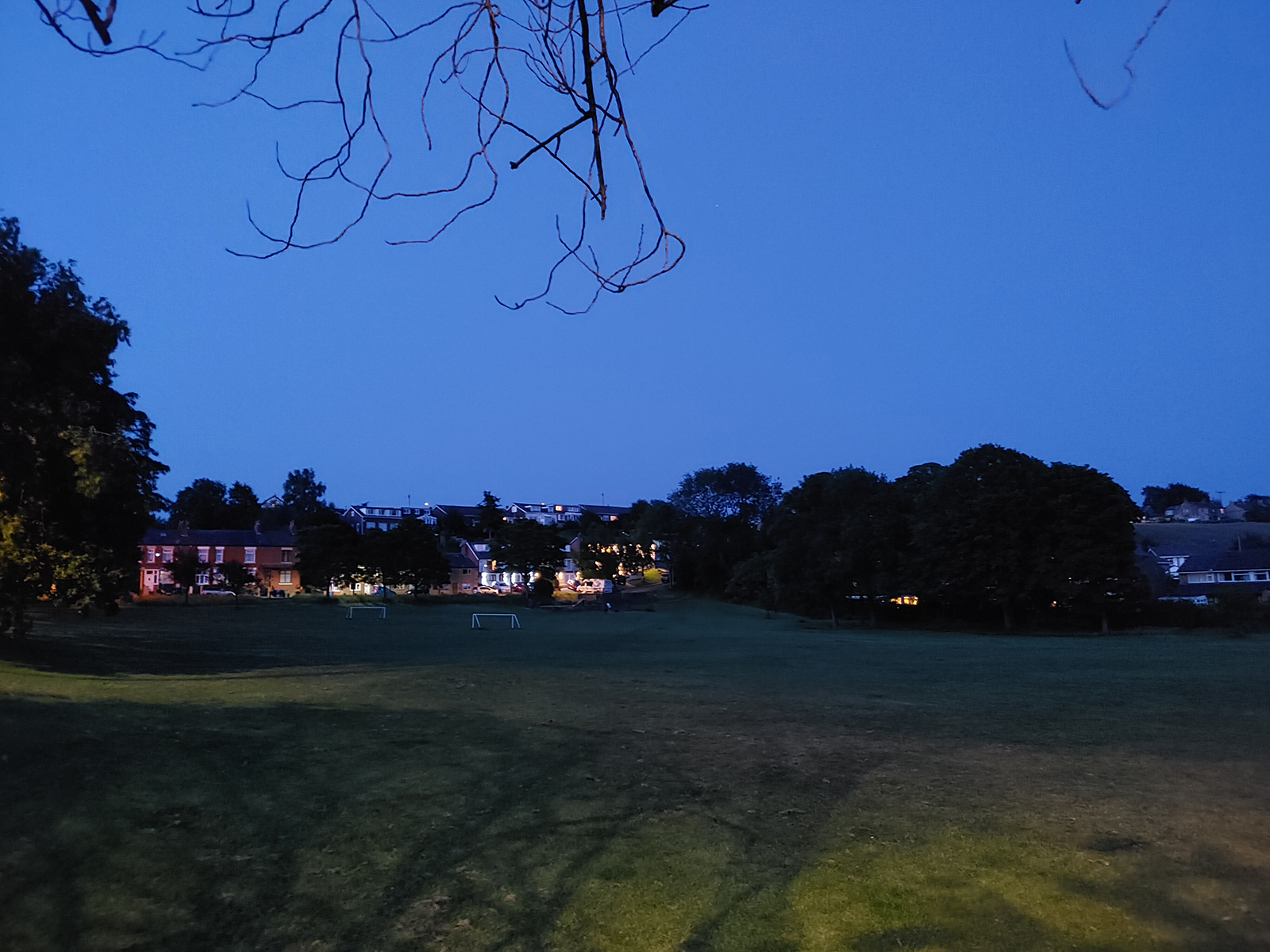
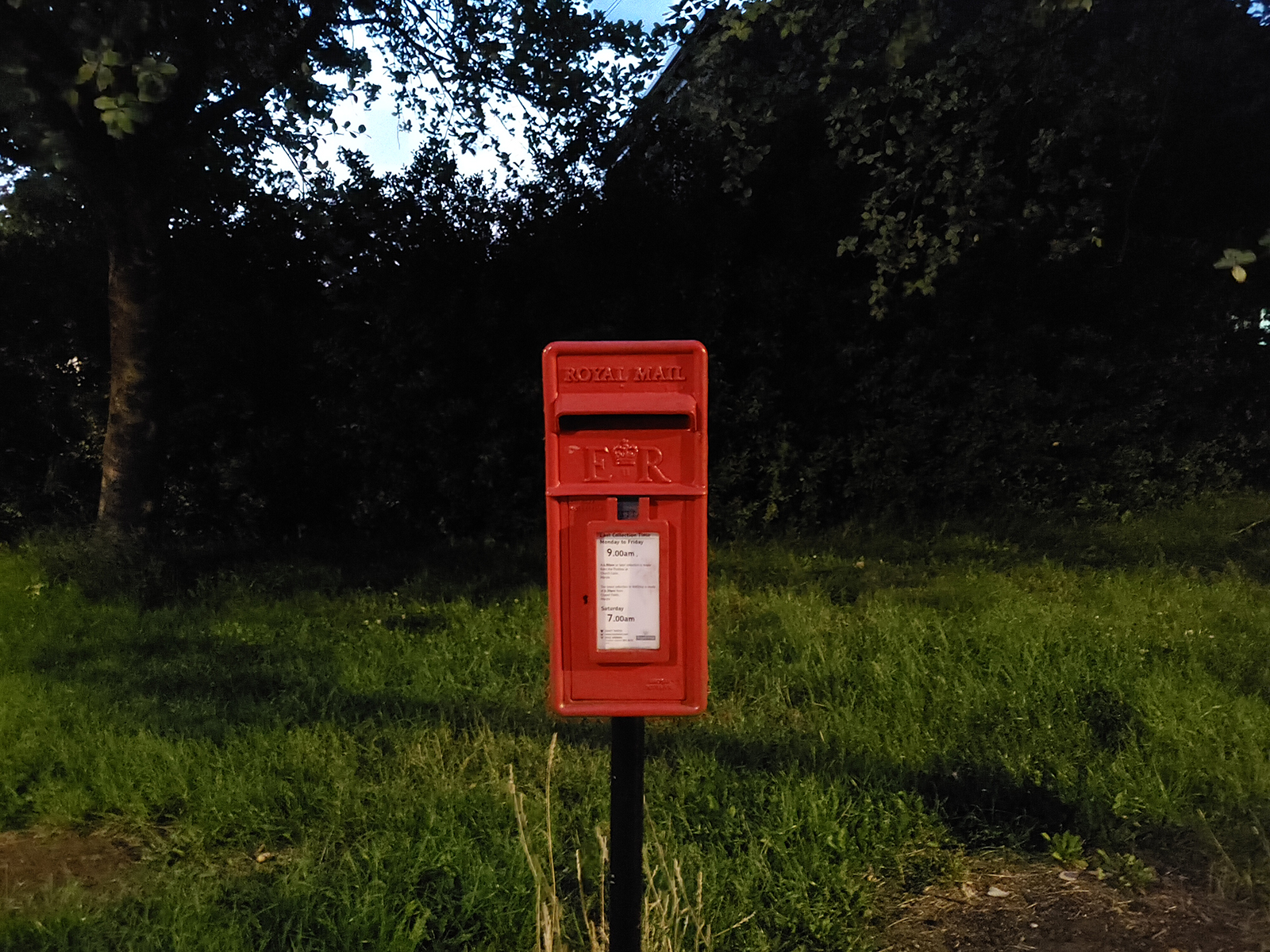
Low-light shots can trip up a lot of phone cameras but the LG Velvet doesn't do badly at all. Even with less light available, plenty of detail is captured in the shot, and you can definitely make out what's going on. While it can't compare to the best phones on the market when it comes to shooting photos in the dark, the LG Velvet shouldn't let you down too many times – though the dedicated night mode on the camera doesn't seem to be all that different from the main photo mode.
As for battery life, LG is claiming "all-day" battery life from the 4,300mAh battery, which is very vague and about right. We had at least a quarter left in the tank at the end of each day – about par for the course with the phones we test, considering they all have brand new batteries that haven't started to degrade. We suspect the big OLED display can suck quite a bit of battery life, but it wasn't something we noticed a real problem with, and our usual hour of video streaming test knocked the percentage down from 100 to 89 (so you can expect about nine hours of Netflix between charges).
LG Velvet review: other specs and features
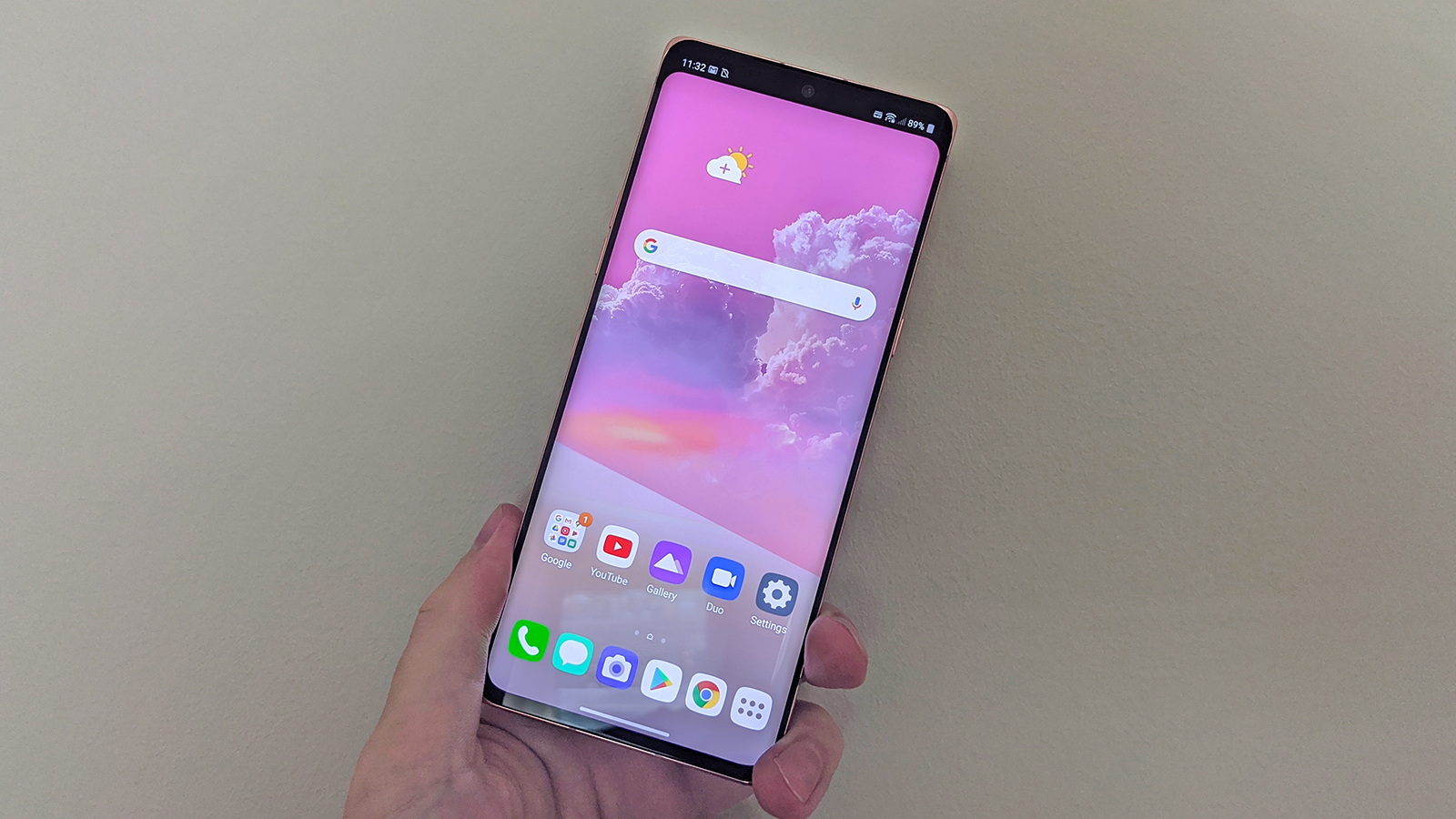
We've already mentioned the very decent Snapdragon 765G processor, which enables 5G on the LG Velvet, and that's paired with 8GB of RAM and 128GB of internal storage, which you can expand via a memory card if you want to. Those aren't top-tier specs, but they're still very good, and the LG Velvet is going to cope ably with wherever you need it to do.
We didn't notice any slowing down or lag in our time with the LG Velvet, whether using it as normal or in the Dual Screen case (a little side button lets you ping apps from one screen to another). Android 10 is on board, with a few LG tweaks, so you're just about right up to date when it comes to software as well (Android 11 should get pushed out to Pixel phones later this year).
We're pleased to see the phone is IP68-rated for protection against dust and water, and as well as 25W fast charging you also get the added benefit of wireless charging if you need it. There's a fingerprint sensor built into the display for actually getting into your phone, and in our experience it works fine – the tech is now up to a standard where it's just about as good as a physical button.
The specs and features you get from the LG Velvet leave it very firmly in that upper-mid-range category and you would expect to see that in the price. While it's not going to set any benchmarking records, you can at least expect it to breeze through most everyday phone tasks, at a speed and slickness that's some way above what you're going to get from handsets at the budget end of the scale.
LG Velvet review: price and verdict
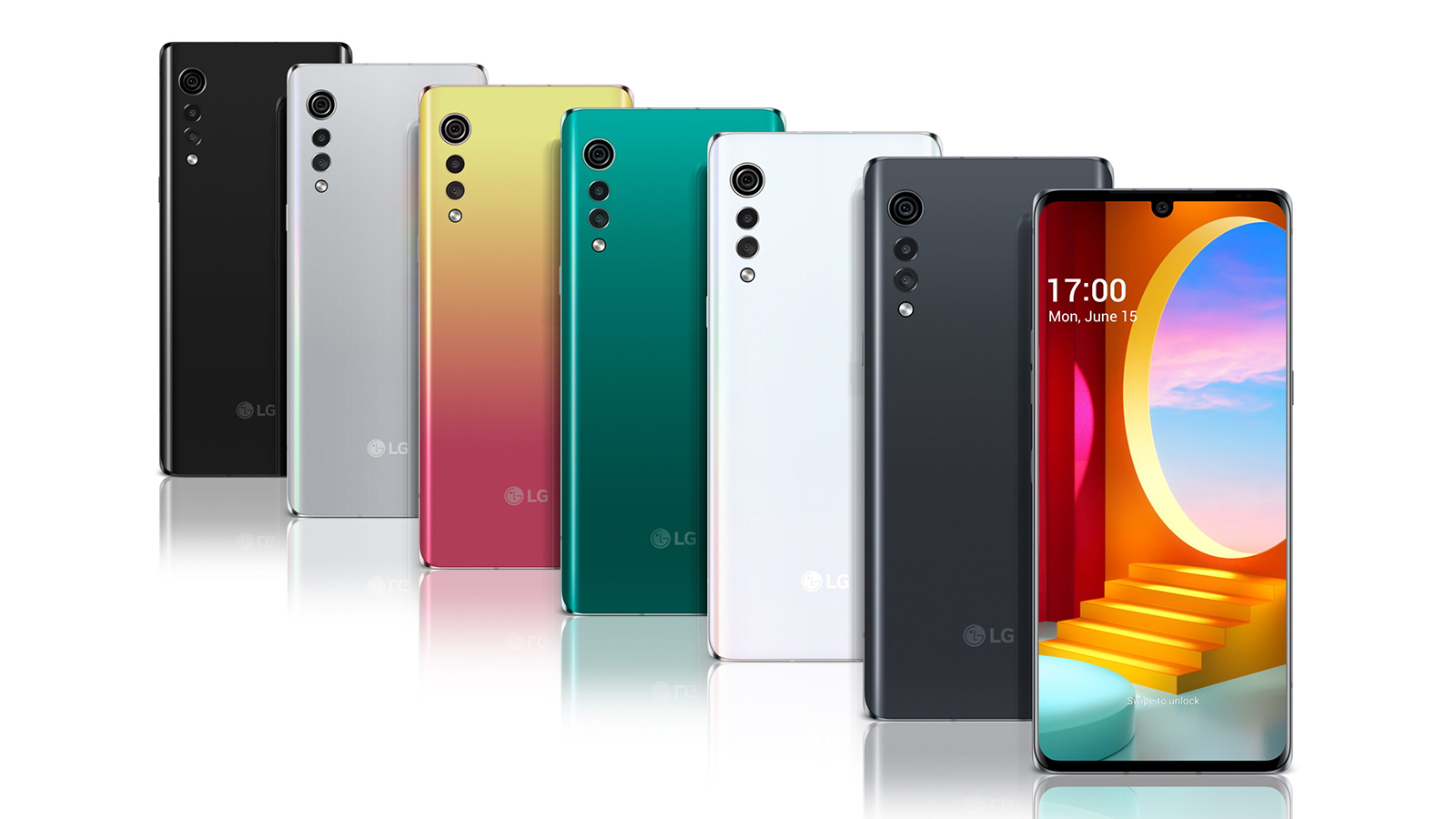
In not aiming quite as high with the LG Velvet (in terms of specs at least), LG will be hoping to appeal to a broader set of users who want to spend less on their phone while still getting a handset that's very capable. The LG Velvet certainly ticks that box, and manages to look and feel like a top-end handset even if the internals don't quite match. As an added bonus, you get 5G too.
It's a phone with a strong aesthetic look, a decent camera, and plenty of extras (including that Dual Screen accessory), and you can't ask for more from a smartphone. While the camera and the battery life don't particularly stand out, they're far from terrible. Perhaps the worst aspect of the LG Velvet is the Android experience, which is customised more than most – but you'll get used to it.
A lot is going to depend on the price of the LG Velvet, and unfortunately we don't have a price or an on-sale date for the UK yet. Its European retail price is €650 – that works out at about £585 with a quick currency conversion, but with sales taxes and all the rest of it those quick conversions hardly ever apply. If LG can get the Velvet to a low enough price, then the handset might find a lot of fans very quickly, if they can be tempted over from whatever phone series they're already using.
Let's not forget that the 2020 edition of the iPhone SE comes in at a starting price of £419 and offers just about as much as the LG Velvet does (albeit with a much smaller screen), while the likes of Motorola and Nokia are making some very good, very affordable Android smartphones as well. We'll have to wait and see if the LG Velvet has got enough to be able to stand out from the crowd.
Sign up to the T3 newsletter for smarter living straight to your inbox
Get all the latest news, reviews, deals and buying guides on gorgeous tech, home and active products from the T3 experts
Dave has over 20 years' experience in the tech journalism industry, covering hardware and software across mobile, computing, smart home, home entertainment, wearables, gaming and the web – you can find his writing online, in print, and even in the occasional scientific paper, across major tech titles like T3, TechRadar, Gizmodo and Wired. Outside of work, he enjoys long walks in the countryside, skiing down mountains, watching football matches (as long as his team is winning) and keeping up with the latest movies.
-
 Google Pixel Watch 3 just got a potentially life-saving update in the US
Google Pixel Watch 3 just got a potentially life-saving update in the USThe latest update brings advanced heart monitoring to American wrists
By Matt Kollat Published
-
 Polar’s new subscription feature lands in the shadow of Garmin’s Connect+ rollout
Polar’s new subscription feature lands in the shadow of Garmin’s Connect+ rolloutPR genius or timing disaster? Polar’s new Fitness Programme adds adaptive training to its ecosystem
By Matt Kollat Published
-
 New Orient Star watches offer a glimpse of the magic within
New Orient Star watches offer a glimpse of the magic withinThere are two new skeleton pieces
By Sam Cross Published